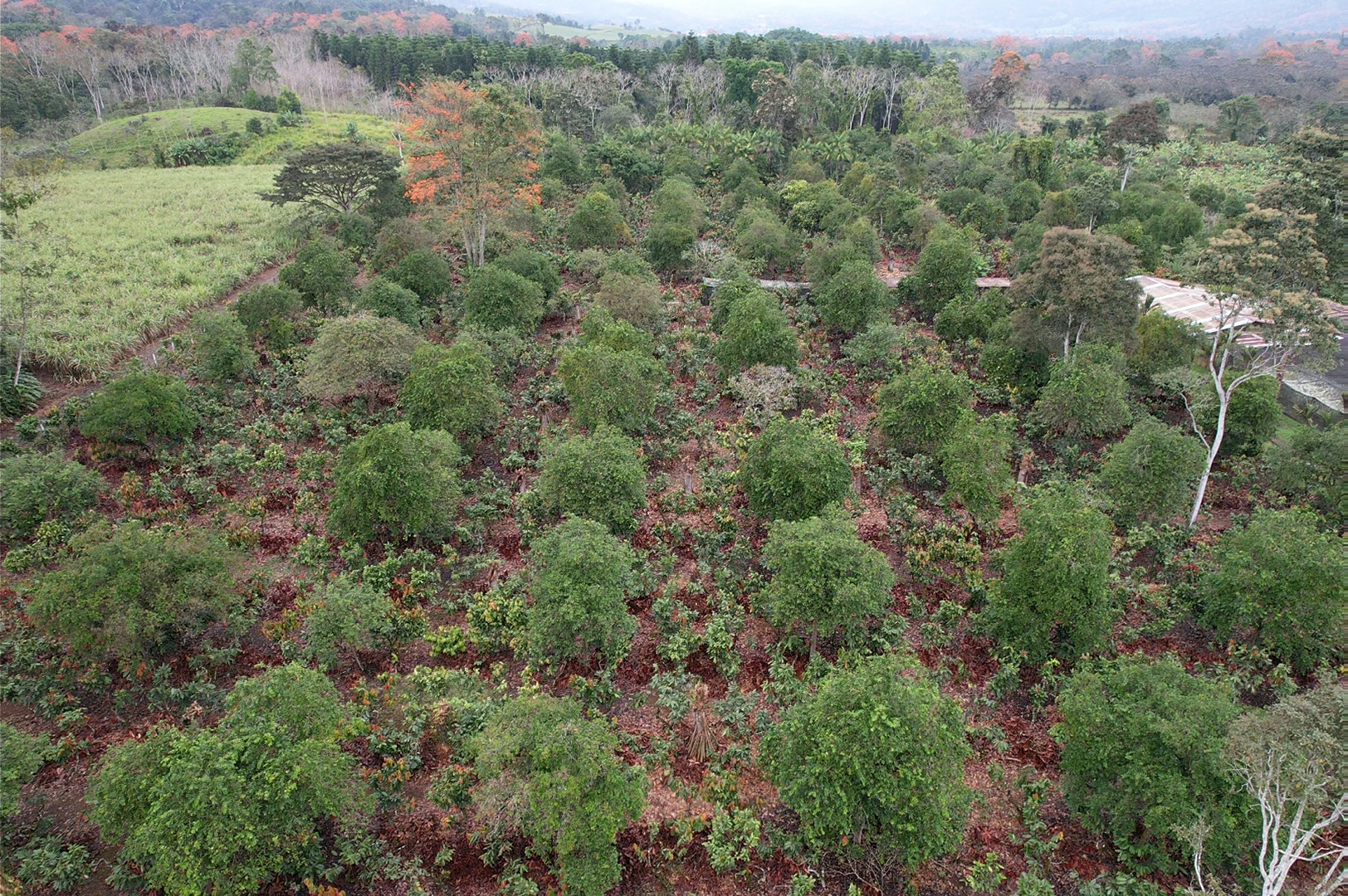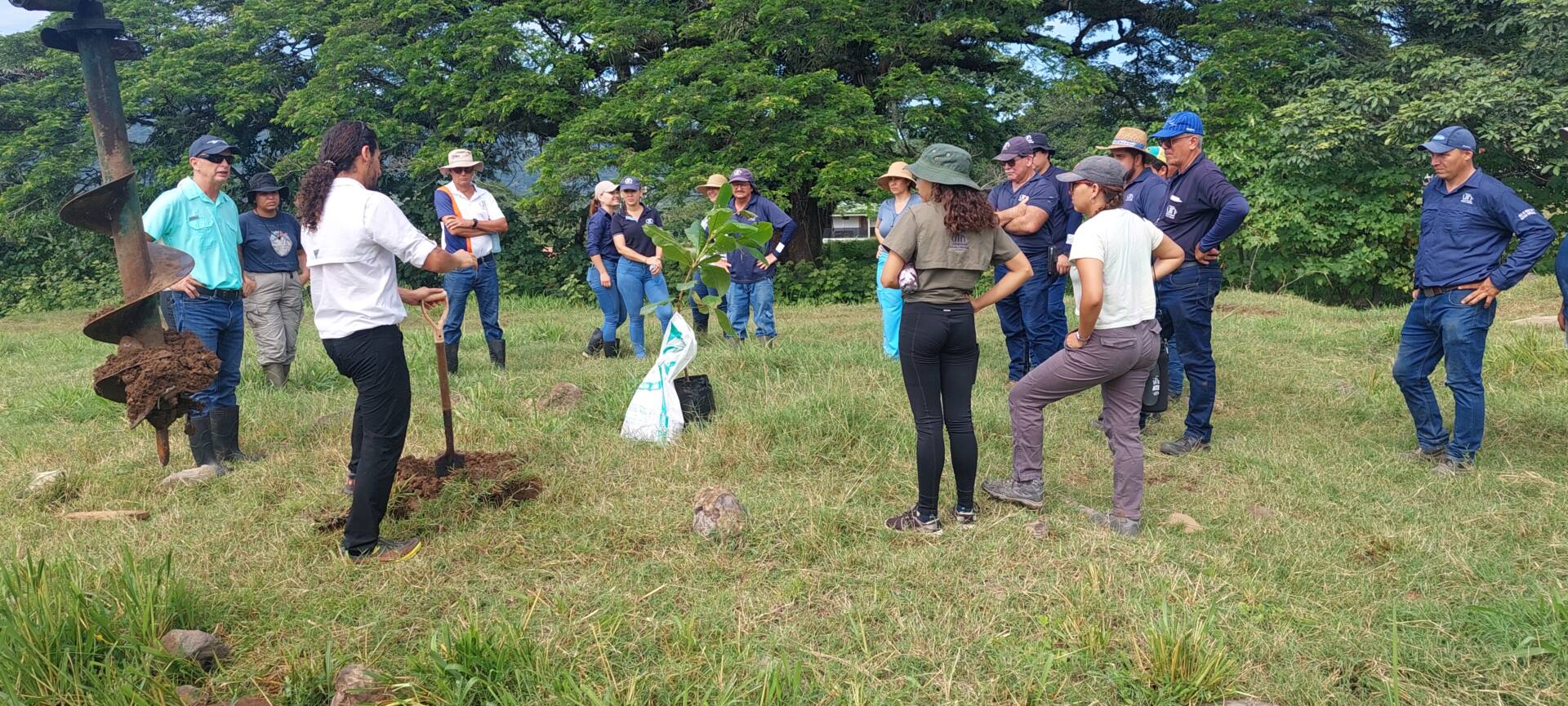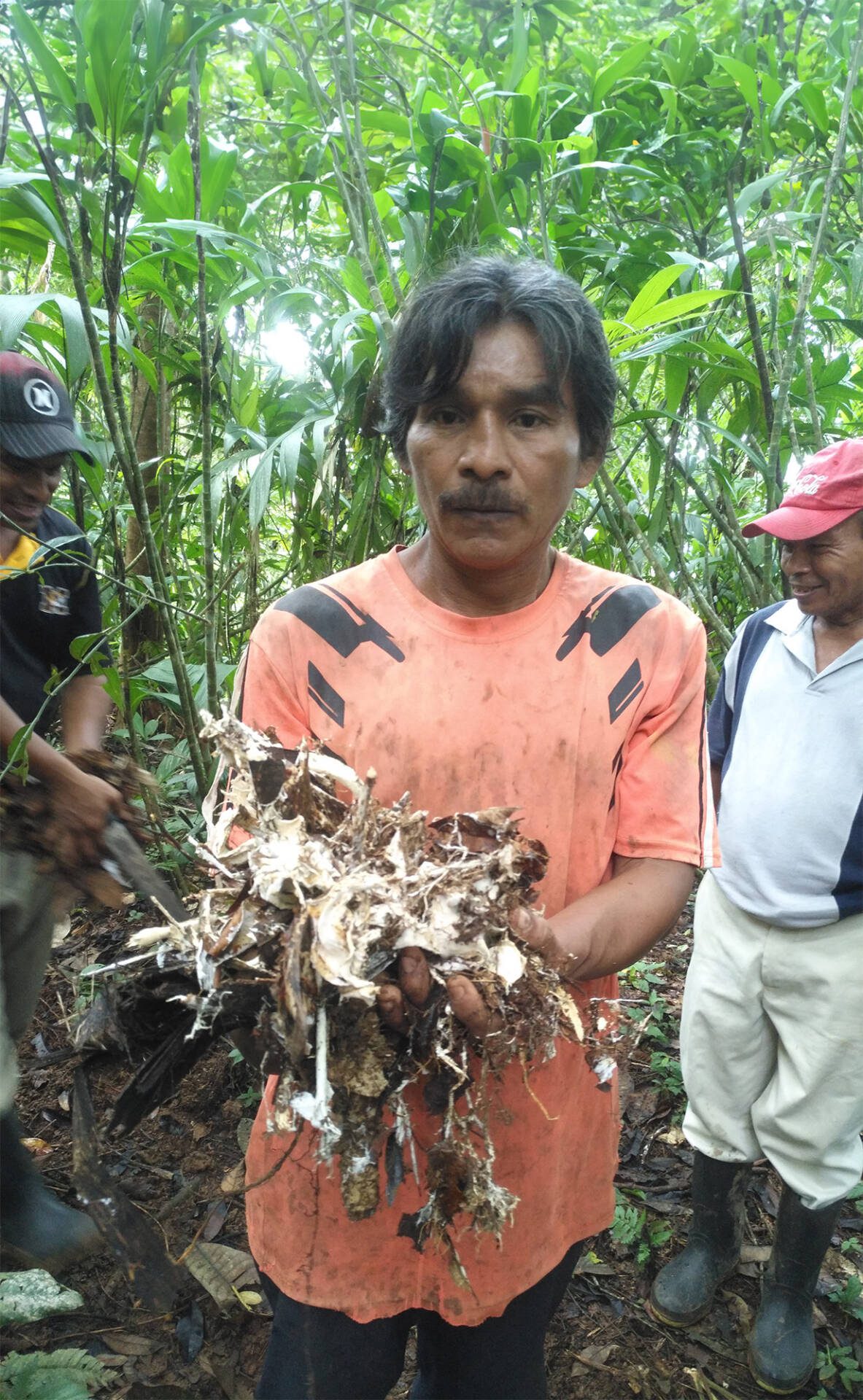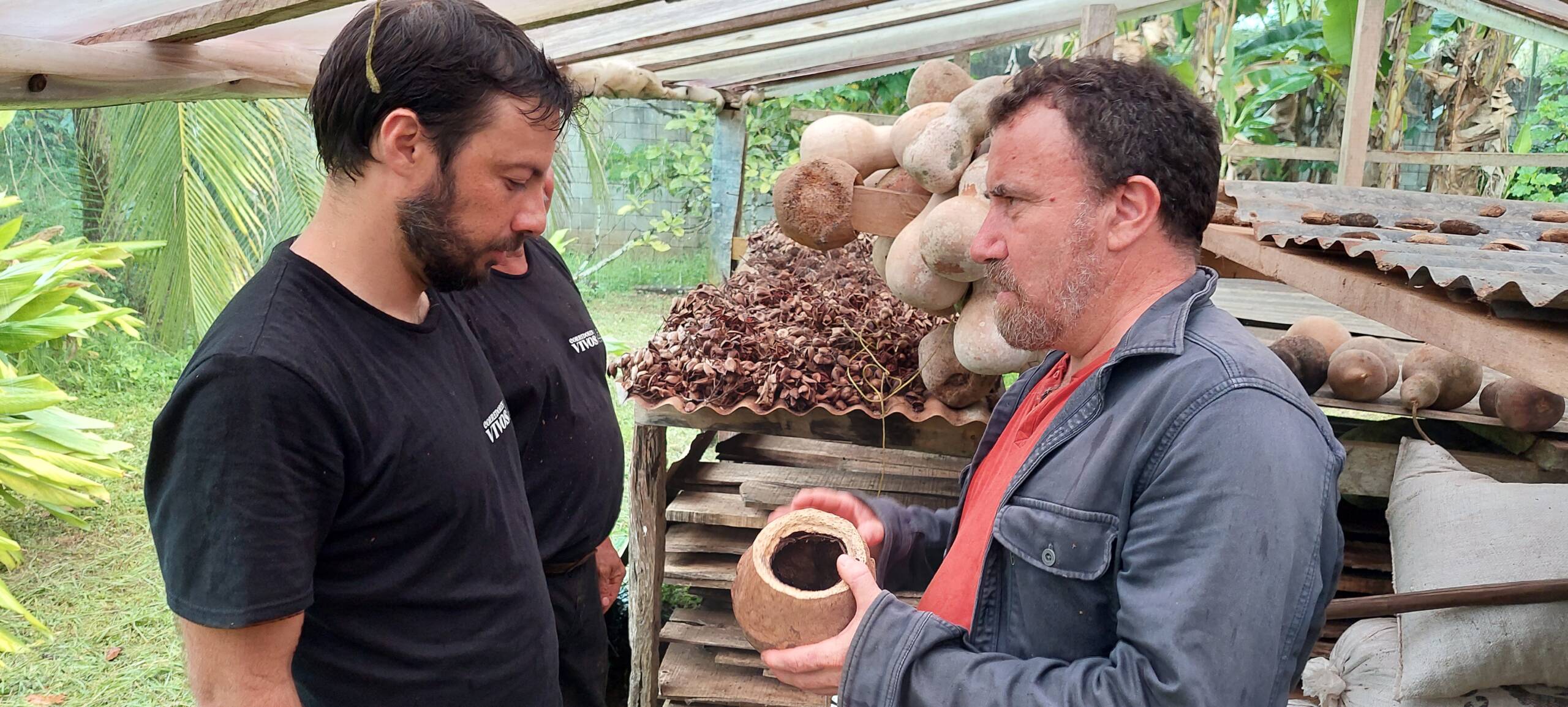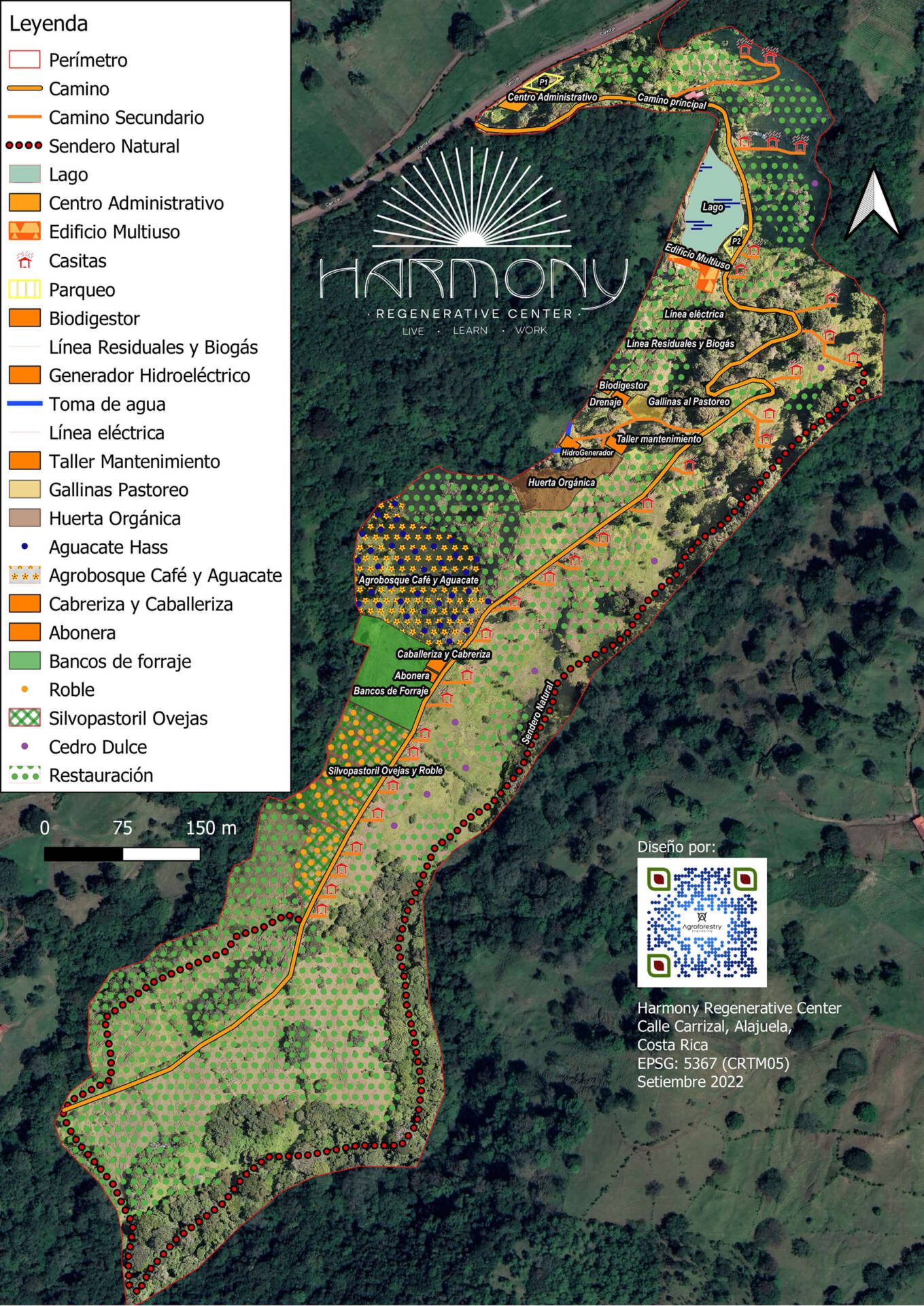Agroforestry: a 3D farming approach
Agroforestry is the science and art of integrating trees and crops/livestock to sustainably maximize the economic and environmental performance of agricultural production systems. These systems mimic the natural forest architecture and functions where external inputs are substituted with outputs from processes that naturally occur within the agroecosystem (e.g. nutrient cycling). The result is a robust, environmentally resilient and economically viable agricultural production model that is capable of producing ecosystem services and a stable cashflow throughout time.





Advantages of Agroforestry
Agroforestry systems have the potential to restore and optimize productivity in terrestrial agroecosystems by strategically integrating useful trees, shrubs and other agroecological technology (such as biofertilizers) into the farm operations.
Agroforestry farms can help reduce pressure over native landscapes, increase the provisioning of ecosystem services and provide habitat and resources for biodiversity conservation. They have the potential to provide food security and fair wages to farmers. With this, they can help advance towards the eradication of poverty and the restoration of the ecological balance in our planet.
Furthermore, data across the globe show that diversified farming systems are better suited to mitigate the effects of climate change in comparison to monocultures. As the systems mature, they gain self regulation capabilities, making them less vulnerable to pests and disease. These systems provide superior economic resilience as farmers don´t have to depend on only one crop to make their living. The emphasis on environmental responsibility combined with lower production costs enables farmers to access differentiated markets.
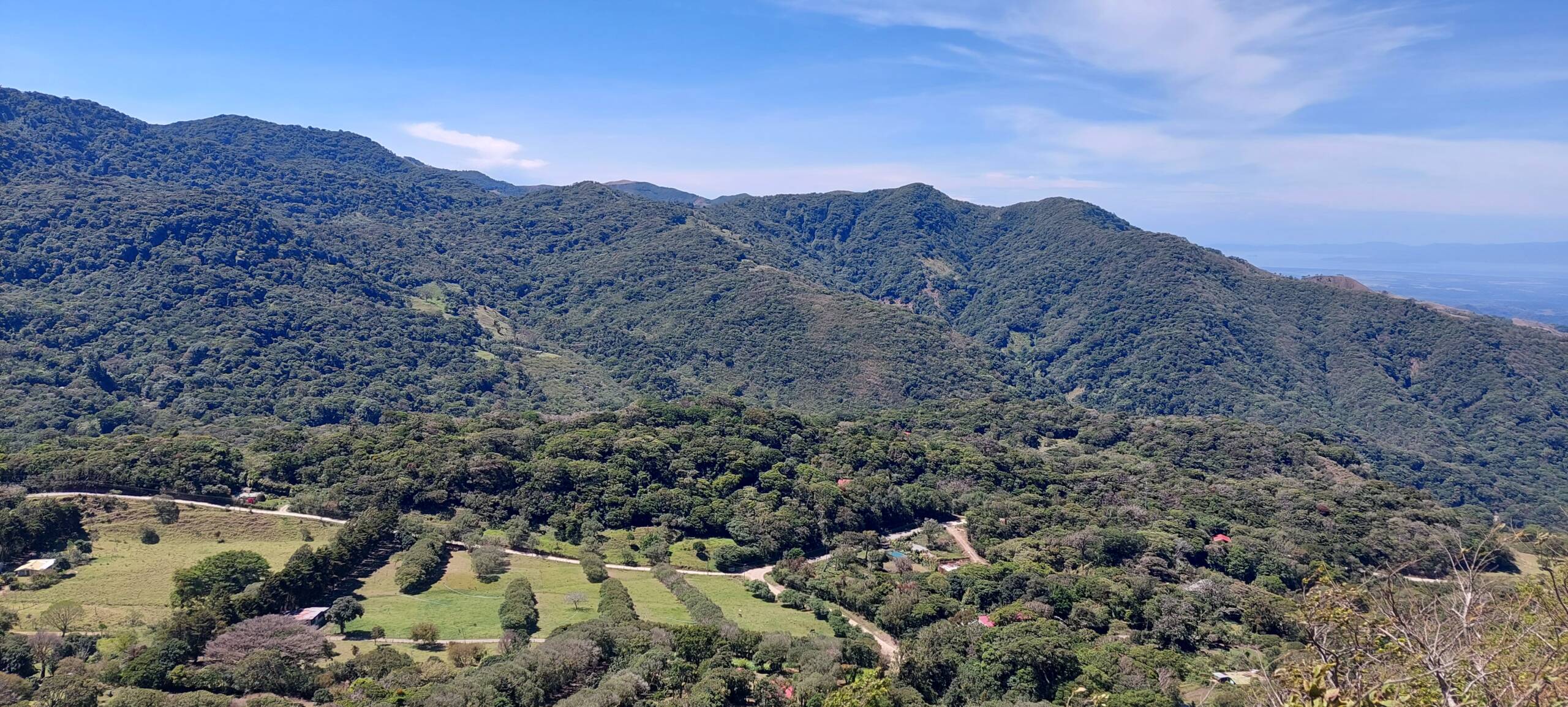
The team is lead by Dr. Fabricio Camacho-Céspedes, Ph.D. who is a licensed forester with more than 20 years of experience in environmental leadership projects. He is also a faculty member in the School of Forestry and Wildlife Management at Costa Rica´s National Technical University in Atenas, Alajuela, where he teaches a graduate-level class in Agroforestry Systems and is developing a research platform to advance the adoption of silvopastoral systems (trees, grasses and cattle) for the Centro American Tropical Dry Forest.
Our Methodology
Our team developed a methodology to effectively design, implement, manage, evaluate and optimize agroforestry systems. This methodology takes into consideration:
1) The biophysical characteristics of the farm and the surrounding landscape.
2) Knowledge about the farmer´s objectives, aspirations and culture.
3) Information about the potential markets where production from the agroforestry system may be traded.
Our engineers analyze this data and produce a customized agroforestry design proposal which is accompanied by implementation and management plans. These plans guide the transformation of the farming system into a resilient and ecologically balanced agricultural production model.



